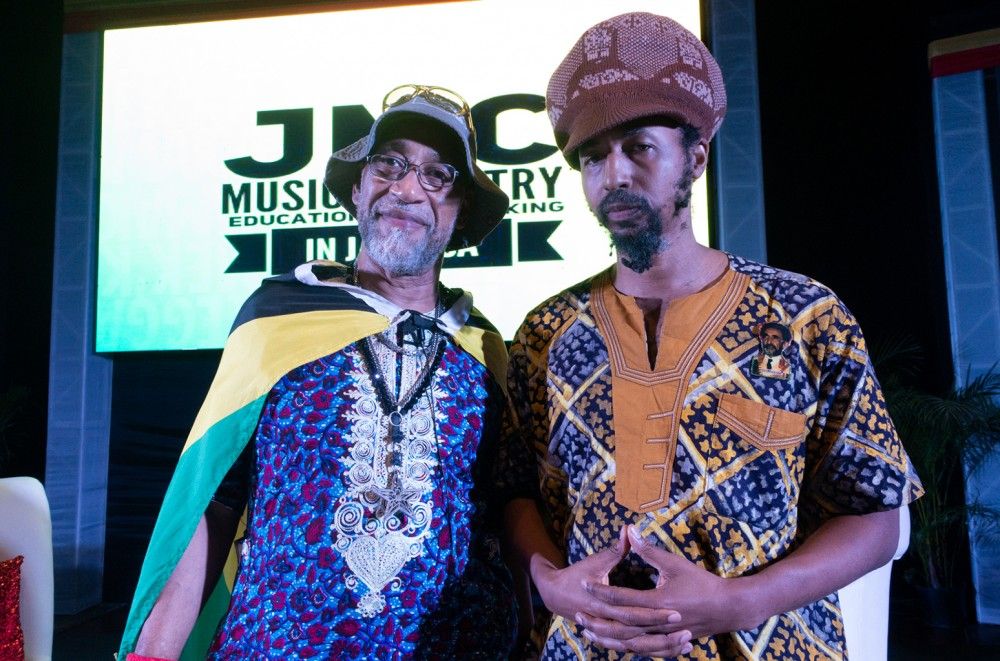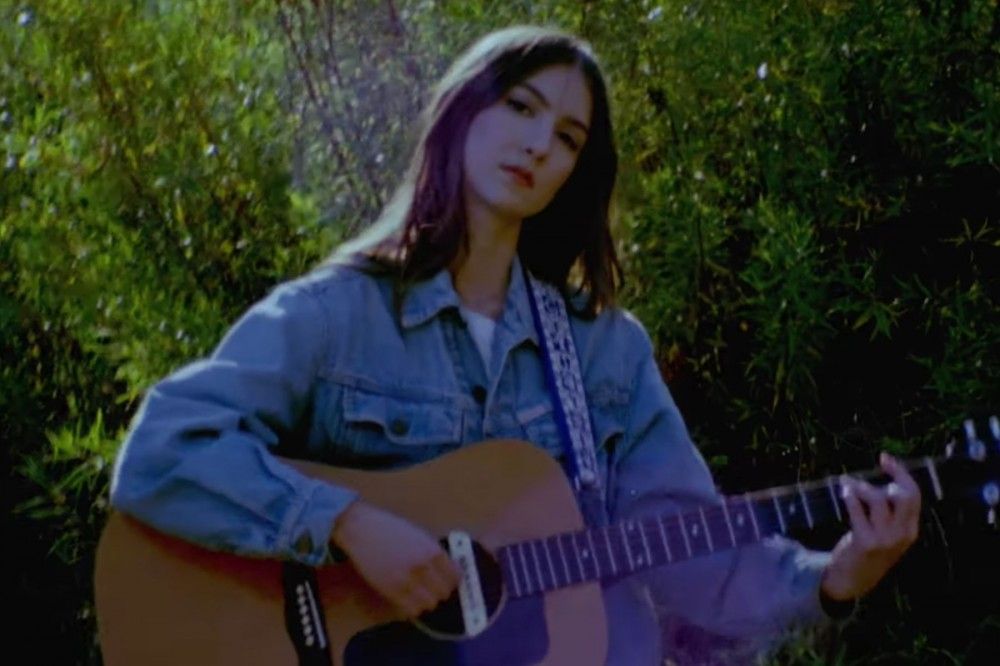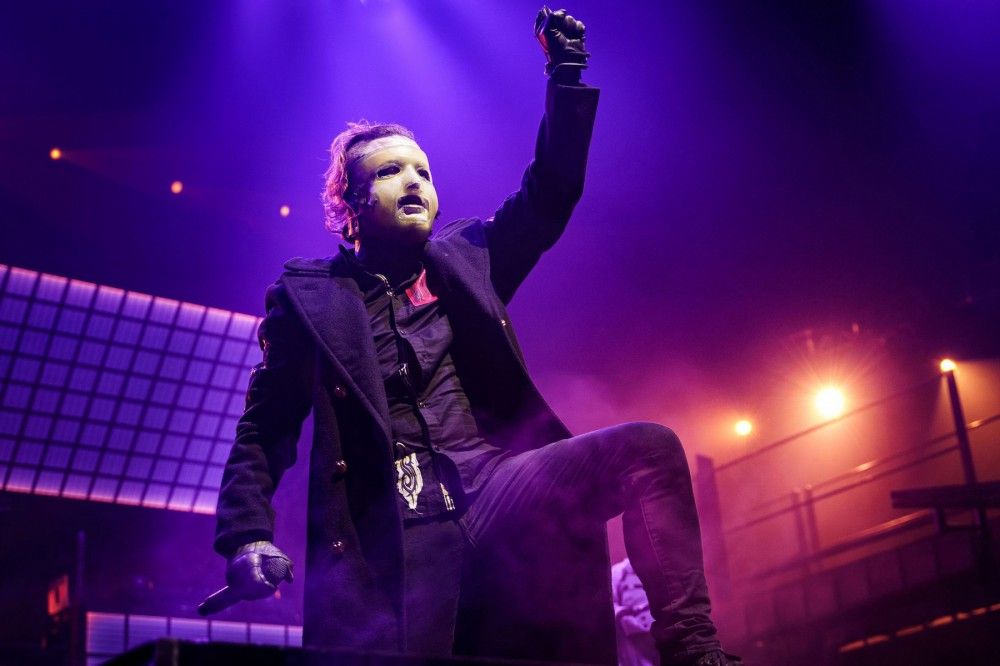
DJ Kool Herc Is Ready to Bring Hip-Hop Back to Its Roots With a Museum in Jamaica
If you’re familiar with the evolution of hip-hop, then you know Bronx legend Clive Campbell (better known as DJ Kool Herc, the genre's credited founding father) is integral to the conversation. What many don’t know is how important Jamaican music is to the genre.
The island's impact was brought to light at the Jamaica Music Conference held at the Courtleigh Auditorium in Kingston from Feb. 13-16. It was assembled by Sharon Burke, CEO of Solid Agency, dancehall and reggae’s top booking, promotion and production agency in Jamaica. Kool Herc and his sister Cindy Campbell — the self-proclaimed "First Lady of Hip-Hop" whose Bronx birthday party in 1973 was deemed the genre's debut — as well reggae legend Shaggy were among the artists in attendance.
The trio — along with executives Jason Kpana, svp of artist & label relations at TIDAL; Diego Herrera, Reggae/Caribbean/World curator and music programmer for Pandora Music; and Tuma Basa, director of urban music at YouTube — plunged deep into discussions about the crippling state of the Jamaican music industry, the foundation of hip-hop, and the genre’s direct correlation to Jamaican music culture.
After stopping by their old childhood home at 11 ½ York Street in Kingston’s Franklyn Town for the first time in more than 30 years, Herc and Cindy discussed aspirations to bring a hip-hop museum to the bubbling capital. They explained how the efforts would support the music ecosystem and add credit to the country as a potential world music capital.
“When I was looking around Kingston throughout the weekend], I saw that Peter Tosh and Bob Marley had museums,” the DJ tells Billboard at the close of the music conference. “Well guess what? I created something, so therefore, I have a contribution myself and it would add to the Jamaican economy with tourism.”
Reggae and dancehall have been the secret ingredient to many chart-topping songs for artists from Justin Bieber to Rihanna (2015's “Sorry” and 2016's “Work,” respectively). Yet reggae is marked as one of the least profitable and less credited genres. Various artists are inspired by it, but don’t always give the proper support in return.
Below, the Campbell siblings detail hip-hop’s roots with Billboard and how the pending museum can potentially boost Jamaica's music industry.
What energy did you bring to hip-hop that derives from your Jamaican roots?
DJ Kool Herc: I came to New York] with my heritage and I didn't know I would be accredited. So it’s all new to me. I didn’t walk around like that. But I just respect my people and those] who gave me recognition.
Cindy: The energy is bringing the Jamaican spirit and flavor of our personality and how we connected with people. We didn't look at anybody as far as race or color. We saw everybody as one so we were friends with everyone. We had just a good spirit coming from Jamaica. Anybody who comes to the island], they enjoy it. They say, "Jamaican people are so nice and so friendly." I mean, a Jamaican person will see a tourist and bring them into their home.
What can you say about the continuous trend of mainstream artists drawing influence from Jamaican music without accreditation?
DJ Kool Herc: It started with Eric Clapton when he covered Bob Marley’s“I Shot the Sheriff” in 1974]. We should use it to our benefit instead of just making noise about it. It’s nice when somebody else uses our music. Just give recognition and give back money where it comes from. It’s always about] taking something from us, but at the same time they know we are powerful and to be respected. When they are picking off of you it says something about the music.
What would you suggest to those people? Maybe give back to the schools or help reggae artists?
DJ Kool Herc: Both ways — learn from] the kids and the other artists where they get it from and talk about it. Don’t just use it and not give credit where it comes from.
How can Jamaican musicians become more globally present on platforms such as radio and TV?
DJ Kool Herc: Look out for those who paved the way for you so there won’t be a generation gap. Everyone learns from each other.
Why should Jamaica reclaim hip-hop?
Cindy: Because we are the ones who bought the style and the technique to America, which later] became hip-hop.
How did you get the “First Lady of Hip-Hop” title?
Cindy: The Bronx was something that the borough’s native and artist] KRS-One once rapped about. So artists usually sing about where they live. But hip-hop started on the west side of the Bronx at 1520 Sedgwick Avenue, from the first party that I gave in the recreation room.
As a promoter, what style did you learn from Jamaican that you used as a technique for hip-hop?
Cindy: Oh, definitely the promoting part of it. That's what the artists in Jamaica did whenever they were going to have a dance. They had to go out and promote it heavily. So I watched how] my father and his friends promoted.
You both dominated the ‘70s with your parties and deejaying. How did you make money?
Cindy: We charged people coming to the parties. It was 25 cents for ladies and 50 cents for the fellas. But after the first party, it was a lot of change we had to count. We saw that this was something that we could make money from, so the next party, we doubled up on things: sodas, hot dogs, beer, records. We also increased the price. I think it went up to a dollar because it’s easier to count. And you know Herc played for school dances and boat rides.
What will opening a hip-hop museum in Jamaica do for the island’s music ecosystem?
Cindy: It will definitely open up a whole other world musically for Jamaica. The island] is a core tourism Mecca and the museum] could be a place where people would want to go to learn about history. They will] not only have to go to the United States] — it will be right here in Jamaica. I think if the government got behind it, it would be profitable and an asset to the country.



